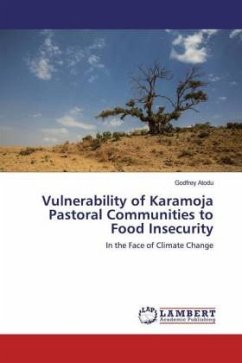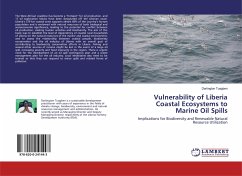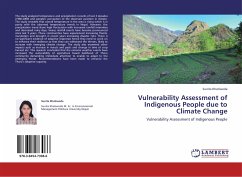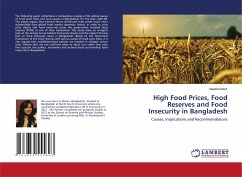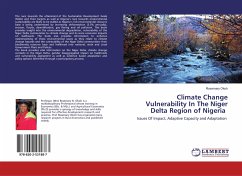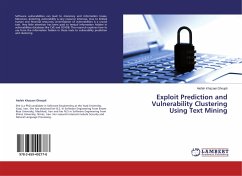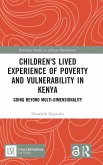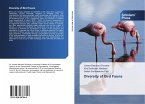Three issues significantly stood-out: First, pastoralism remained the most feasible livelihood option. Second, there was a high prevalence of food insecurity among Karamojong pastoralists' households with 90% reporting lack of resources to secure access to food in the seven days preceding the time of the study and thirdly, female-headed households were the most vulnerable category to food insecurity.
Bitte wählen Sie Ihr Anliegen aus.
Rechnungen
Retourenschein anfordern
Bestellstatus
Storno

